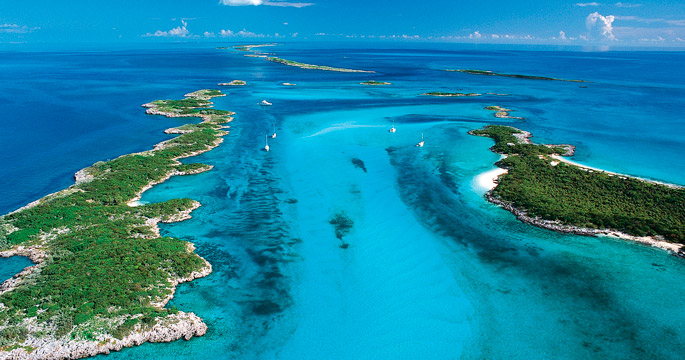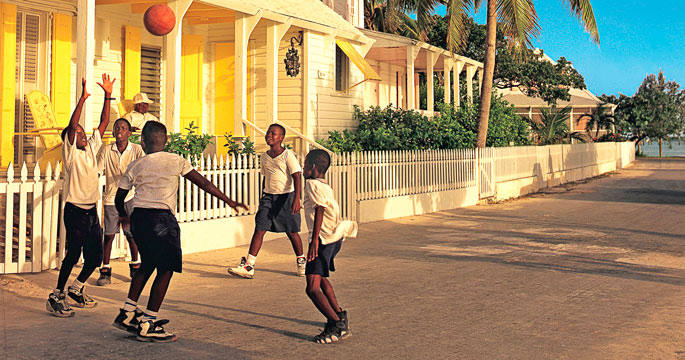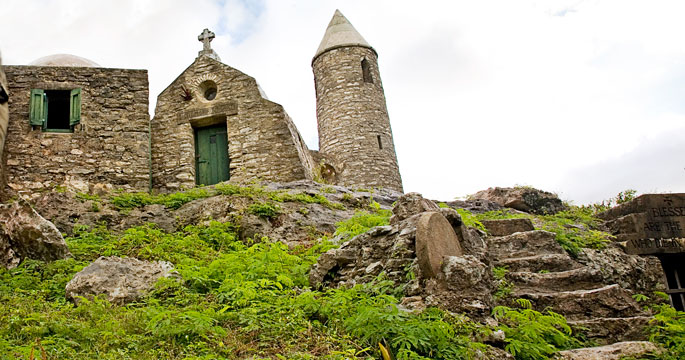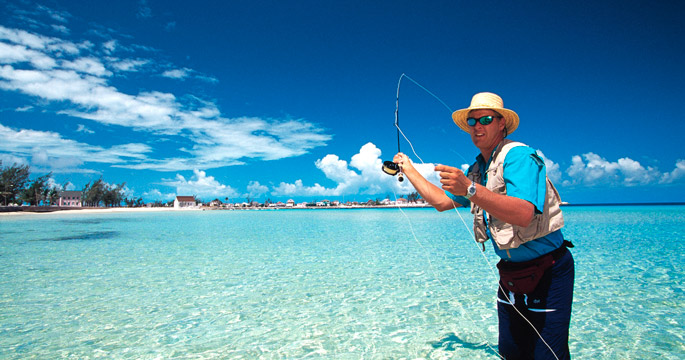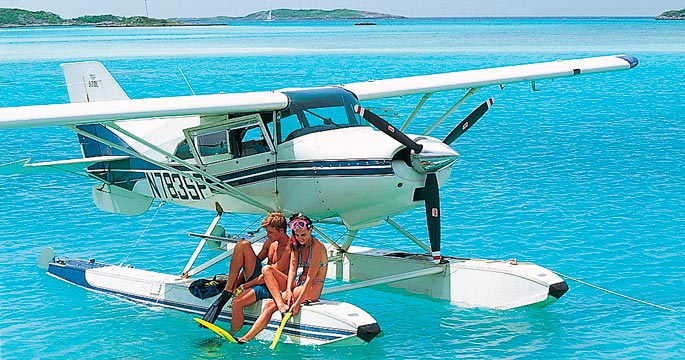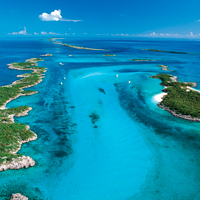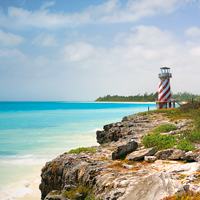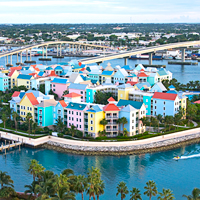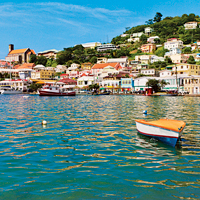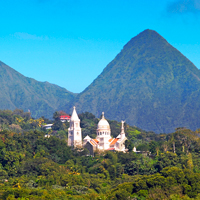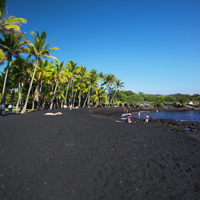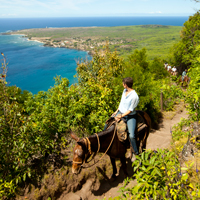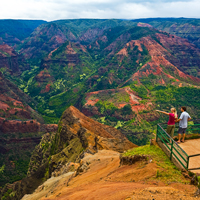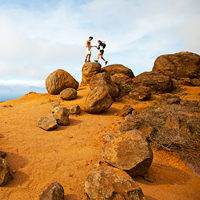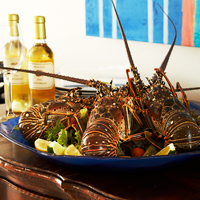If you’ve been to Nassau and Freeport, you’ve made a start. Now, there are just 698 islands left to go. Actually, the inhabited landmasses in the Bahamas geared to tourism number in the dozens, not the hundreds. But the principle remains: There’s still much more to see and do in this island nation.
1 Island Styles
The Out Islands range from pleasantly detached to truly remote, and you can plan your vacation experience accordingly. On Great Exuma, a mid-size commuter aircraft and a 10-minute taxi ride get you to a modern beachfront resort. A trip to Rum Cay requires a charter flight in a smaller aircraft and a taxi transfer to reach a secluded rental home on a bluff. Getting to Green Turtle Cay in the Abacos will involve an airplane, taxi, ferryboat and a golf cart ride to a rustic cottage on the beach.
2 Low-Rise Stays
Hotels in the Out Islands tend to be small and independently owned. For those who want even more privacy and personal autonomy, there is a wealth of rental cottages and villas. Some sit in the center of small villages, others perch on secluded points of land where wind and surf are the only neighbors. Rentals also run the price gamut. You can find a two-bedroom cottage in Georgetown for less than $100 a night or spend more than 10 times that amount for an oceanfront villa on Harbour Island.
3 Island Hopping
While some Out Islands sit alone, surrounded by blue water, others band together into closely linked archipelagos. The Exumas, Abacos and Berry Islands are prime examples, and each group provides an opportunity to explore by small boat, popping into the colorful harbor towns for a libation and a nosh at a dockside eatery or heading to an unsettled beach on a sunny lee shore.
4 Same Day Seafood
When you order a bowl of fish stew or a platter of cracked conch at an Out Island eatery, chances are it was swimming just hours earlier. One of the attractions of the Bahamas’ more remote destinations is that cooks rely on local ingredients because imported groceries are expensive and sometimes hard to come by. This result is culinary dishes that are both authentic and fresh, with a heavy emphasis on things that come from the surrounding seas.
5 Shallow Delights
While some Out Islands lie near the deep blue waters of the Atlantic or the Tongue of the Ocean, most also have at least one shore that opens to shallow, protected waters ideal for snorkeling, swimming and flats fishing. Islands such as Andros are doubly blessed by both expansive sand flats and fringing coral reefs that teem with tropical fish life. Discovering this underwater playground is as easy as wading out from shore.
6 Alternative Transportation
When you are staying on an island that’s a couple of miles from end to end, a rental car just doesn’t make sense. At many Out Island destinations, accommodations are within walking distance of beaches and villages. For slightly longer commutes, bicycles and golf carts are often the preferred conveyance.
7 See You at the Regatta
Sailing sloops no longer carry freight and passengers between islands, but their white sails and brightly colored hulls are still evident each year at Great Exuma’s Family Island Regatta. For six decades, boat crews and their followers from around the Bahamas have congregated in Georgetown each April for a week of racing and revelry, and everyone is welcome at the party.
8 Nautical Heritage
As would befit an island nation, the Bahamas has a strong boat building tradition. On Man of War Cay, families such as the Alburys craft both traditional and modern vessels from local woods. While on Bimini, fifth-generation boatbuilder Ansil Saunders handcrafts floating works of art that are prized by collectors.
9 Bluer Mysteries
Underneath the islands and coastal flats of the Bahamas are flooded caverns and underground rivers. When these chasms break the surface, they’re known as blue holes. Inland, they create freshwater oases in the forests and scrub. In the ocean, they flow in and out with the tides, a flow which local legend attributes to the watery breaths of the sea monster Lusca. Water movement attracts schools of fish to the entrances and creates coral gardens in the shallows. The largest known blue hole on Long Island has been plumbed to depths of more than 600 feet.
10 Rake-n-Scrape
To hear the traditional sounds of the southern Bahamas, make your way to Cat Island for the Rake and Scrape Festival. Held over the Bahamian Labor Day weekend (the first weekend in June), it brings together traditions, musicians and performers, who come to dance the quadrille and compete for top honors in the musical style known as rake-n-scrap or rip saw. As the name suggests, a performer coaxes the style’s signature sounds from a carpenter’s saw by raking it with a pic, while goombay drums keep time.

